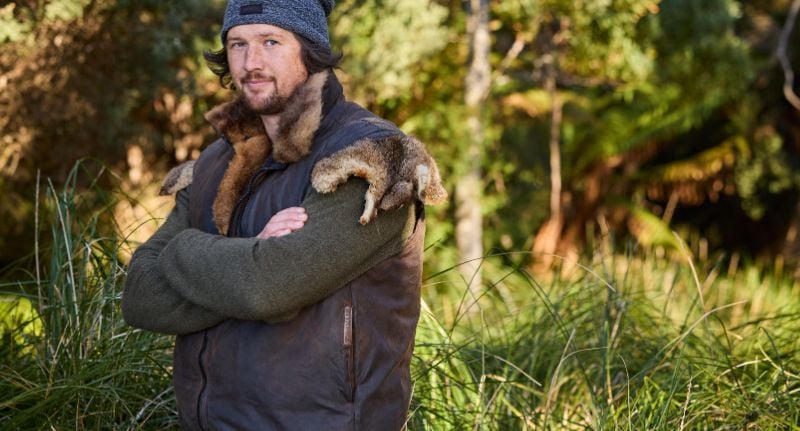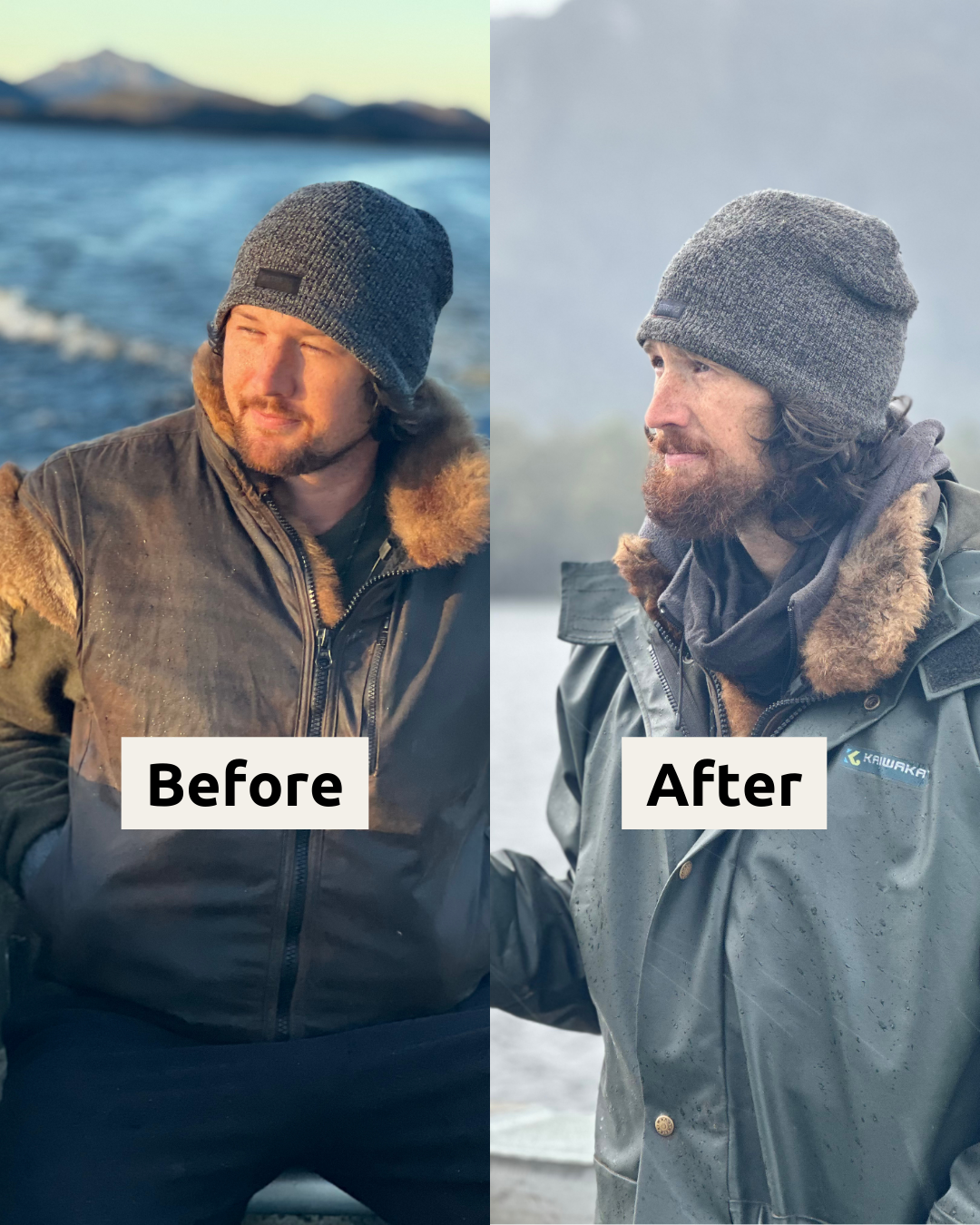After 76 gruelling days in the punishing wilderness of Tasmania’s West Coast Ranges, Alone Australia Season 3 has crowned its latest winner: Shay, a 30-year-old professional trapper from New Zealand’s North Island.
The quietly tenacious survivalist outlasted nine others in what became a record-setting season and a reminder of just how far the SBS brand has come in shaping premium unscripted storytelling with teeth.
For SBS, this is more than just a ratings win.
Alone Australia is a case study in multiplatform programming success, with over 3.5 million Australians tuning in, 41% of them via SBS On Demand.
It speaks volumes about shifting audience appetites: viewers are hungry for authenticity, endurance and stories that don’t spoon-feed a resolution.

Alone Australia winner Shay
The business of being alone
ITV Studios Australia has struck a format goldmine with Alone, offering an antidote to overproduced reality TV.
It’s intimate, it’s raw, and it connects: not only to audiences but to brands looking for association with authenticity, resilience and human triumph.
Shay’s story (living off over 1100 worms, a surprise pademelon, and a love for the bush) is the kind of earned triumph that can’t be scripted.
From a trade perspective, SBS has managed to make unscripted feel premium.
By doubling down on high-stakes, low-gloss reality with real emotional currency, it’s built a franchise advertisers can buy into without worrying about overexposure or audience fatigue.
The new reunion special hosted by Kumi Taguchi helps extend the lifecycle of the show, encouraging catch-up viewing and second-wave social buzz.

What next for the Alone franchise?
With a format that thrives on tension and a slow-burn release strategy that builds loyalty, Alone Australia is quietly changing the unscripted game.
Season 3’s reunion episode pulls back the curtain, offering never-before-seen footage and candid reflections.
And while Shay gets the $250K prize and a shot at financial stability for his young family, SBS walks away with something perhaps even more valuable: a model for meaningful, monetisable television.
